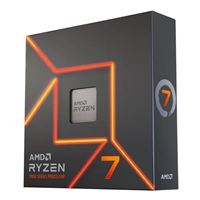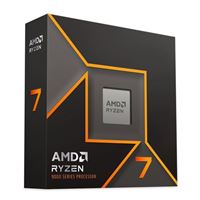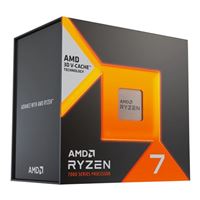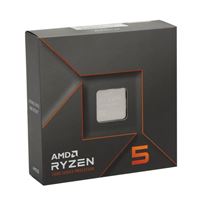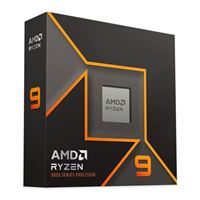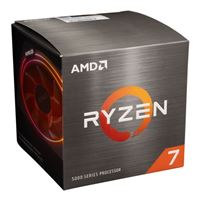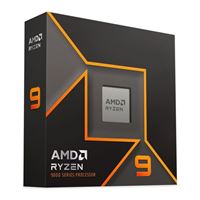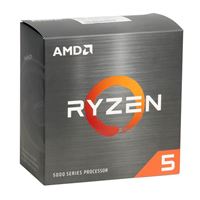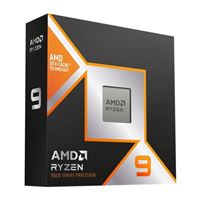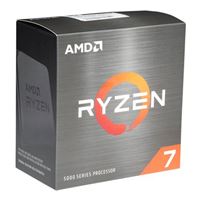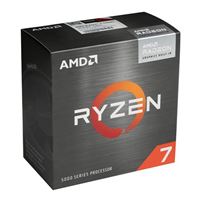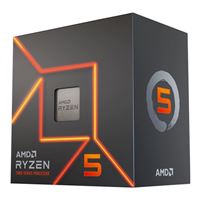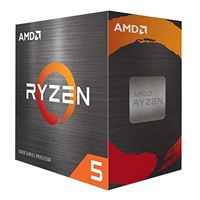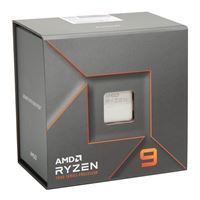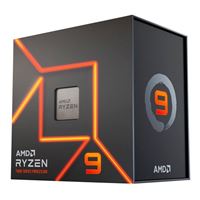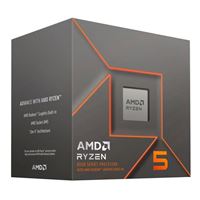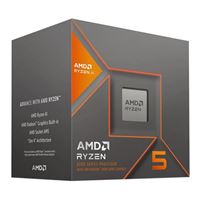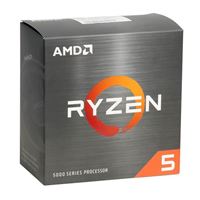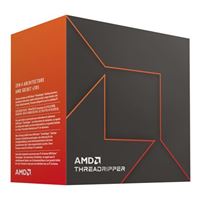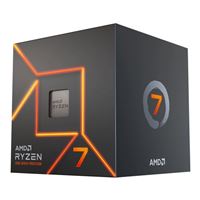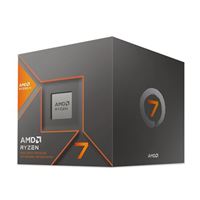Special Offers / Advertisements
Compare up to 4 items
New list of matching products
X
Sorry, you may compare a maximum of 4 items at a time.
Please clear one or more of your compare items before adding another-
SKU: 774919
25+ IN STOCK at Cambridge StoreOur price $459.99Original price $479.99Save $20.00 -
SKU: 643700
25+ IN STOCK at Cambridge StoreOur price $299.99Original price $399.99Save $100.00 -
SKU: 721217
25+ IN STOCK at Cambridge StoreOur price $299.99Original price $359.99Save $60.001 open box from $231.96 -
SKU: 643718
25+ IN STOCK at Cambridge StoreOur price $389.99Original price $449.99Save $60.00 -
SKU: 643908
25+ IN STOCK at Cambridge StoreOur price $189.99Original price $299.99Save $110.00 -
SKU: 721209
25+ IN STOCK at Cambridge StoreOur price $389.99Original price $499.99Save $110.00 -
25 IN STOCK at Cambridge StoreOur price $149.99
Original price $249.99Save $100.00 -
SKU: 721191
25+ IN STOCK at Cambridge StoreOur price $519.99Original price $649.99Save $130.00 -
SKU: 643882
13 IN STOCK at Cambridge StoreOur price $69.99Original price $159.99Save $90.00 -
SKU: 815951
25+ IN STOCK at Cambridge Store - Buy In StoreOur price $579.99Original price $599.99Save $20.00 -
24 IN STOCK at Cambridge StoreOur price $139.99
Original price $299.99Save $160.00 -
9 IN STOCK at Cambridge StoreOur price $299.99
Original price $349.99Save $50.00 -
SKU: 643759
2 IN STOCK at Cambridge StoreOur price $149.99Original price $359.99Save $210.00 -
SKU: 643858
19 IN STOCK at Cambridge StoreOur price $169.99Original price $229.99Save $60.00 -
SKU: 643957
2 IN STOCK at Cambridge StoreOur price $59.99Original price $129.99Save $70.00 -
SKU: 787960
7 IN STOCK at Cambridge StoreOur price $119.99Original price $139.99Save $20.00 -
10 IN STOCK at Cambridge StoreOur price $459.99
Original price $699.99Save $240.00 -
11 IN STOCK at Cambridge StoreOur price $329.99
Original price $549.99Save $220.00 -
SKU: 660639
4 IN STOCK at Cambridge StoreOur price $139.99Original price $179.99Save $40.00 -
3 IN STOCK at Cambridge StoreOur price $169.99
Original price $229.99Save $60.00 -
SKU: 660589
4 IN STOCK at Cambridge StoreOur price $109.99Original price $124.99Save $15.00 -
SKU: 642843
2 IN STOCK at Cambridge StoreOur price $1,299.99Original price $1,499.99Save $200.00 -
2 IN STOCK at Cambridge StoreOur price $259.99
Original price $329.99Save $70.00 -
SKU: 660605
4 IN STOCK at Cambridge StoreOur price $289.99Original price $329.99Save $40.00
Special Offers / Advertisements
{
'name': 'Ryzen 7 9800X3D Granite Ridge AM5 4.70GHz 8-Core Boxed Processor - Heatsink Not Included',
'id': '687907',
'price': '459.99',
'brand': 'AMD',
'category': 'Processors/CPUs|123',
'list': 'Search Results',
'position': 1
},{
'name': 'Ryzen 7 7700X Raphael AM5 4.5GHz 8-Core Boxed Processor - Heatsink Not Included',
'id': '674502',
'price': '299.99',
'brand': 'AMD',
'category': 'Processors/CPUs|123',
'list': 'Search Results',
'position': 2
},{
'name': 'Ryzen 7 9700X Granite Ridge AM5 3.80GHz 8-Core Boxed Processor - Heatsink Not Included',
'id': '682199',
'price': '299.99',
'brand': 'AMD',
'category': 'Processors/CPUs|123',
'list': 'Search Results',
'position': 3
},{
'name': 'Ryzen 7 7800X3D Raphael AM5 4.2GHz 8-Core Boxed Processor - Heatsink Not Included',
'id': '674503',
'price': '389.99',
'brand': 'AMD',
'category': 'Processors/CPUs|123',
'list': 'Search Results',
'position': 4
},{
'name': 'Ryzen 5 7600X Raphael AM5 4.7GHz 6-Core Boxed Processor - Heatsink Not Included',
'id': '674522',
'price': '189.99',
'brand': 'AMD',
'category': 'Processors/CPUs|123',
'list': 'Search Results',
'position': 5
},{
'name': 'Ryzen 9 9900X Granite Ridge AM5 4.40GHz 12-Core Boxed Processor - Heatsink Not Included',
'id': '682198',
'price': '389.99',
'brand': 'AMD',
'category': 'Processors/CPUs|123',
'list': 'Search Results',
'position': 6
},{
'name': 'Ryzen 7 5800XT Vermeer AM4 3.80GHz 8-Core Boxed Processor - Wraith Prism Cooler',
'id': '682196',
'price': '149.99',
'brand': 'AMD',
'category': 'Processors/CPUs|123',
'list': 'Search Results',
'position': 7
},{
'name': 'Ryzen 9 9950X Granite Ridge AM5 4.30GHz 16-Core Boxed Processor - Heatsink Not Included',
'id': '682197',
'price': '519.99',
'brand': 'AMD',
'category': 'Processors/CPUs|123',
'list': 'Search Results',
'position': 8
},{
'name': 'Ryzen 5 5500 Cezanne 3.6GHz 6-Core AM4 Boxed Processor - Wraith Stealth Cooler Included',
'id': '674520',
'price': '69.99',
'brand': 'AMD',
'category': 'Processors/CPUs|123',
'list': 'Search Results',
'position': 9
},{
'name': 'Ryzen 9 9900X3D Granite Ridge AM5 4.40GHz 12-Core Boxed Processor - Heatsink Not Included',
'id': '691350',
'price': '579.99',
'brand': 'AMD',
'category': 'Processors/CPUs|123',
'list': 'Search Results',
'position': 10
},{
'name': 'Ryzen 7 5700X Vermeer 3.4GHz 8-Core AM4 Boxed Processor - Heatsink Not Included',
'id': '674523',
'price': '139.99',
'brand': 'AMD',
'category': 'Processors/CPUs|123',
'list': 'Search Results',
'position': 11
},{
'name': 'Ryzen 9 5900XT Vermeer AM4 3.30GHz 16-Core Boxed Processor - Heatsink Not Included',
'id': '682195',
'price': '299.99',
'brand': 'AMD',
'category': 'Processors/CPUs|123',
'list': 'Search Results',
'position': 12
},{
'name': 'Ryzen 7 5700G Cezanne 3.8GHz 8-Core AM4 Boxed Processor - Wraith Stealth Cooler Included',
'id': '674507',
'price': '149.99',
'brand': 'AMD',
'category': 'Processors/CPUs|123',
'list': 'Search Results',
'position': 13
},{
'name': 'Ryzen 5 7600 Raphael AM5 3.8GHz 6-Core Boxed Processor - Wraith Stealth Cooler Included',
'id': '674517',
'price': '169.99',
'brand': 'AMD',
'category': 'Processors/CPUs|123',
'list': 'Search Results',
'position': 14
},{
'name': 'Ryzen 5 4500 Renoir 3.6GHz 6-Core AM4 Boxed Processor - Wraith Stealth Cooler Included',
'id': '674525',
'price': '59.99',
'brand': 'AMD',
'category': 'Processors/CPUs|123',
'list': 'Search Results',
'position': 15
},{
'name': 'Ryzen 5 5600T Vermeer 3.5GHz 6-Core AM4 Boxed Processor - Wraith Stealth Cooler Included',
'id': '688612',
'price': '119.99',
'brand': 'AMD',
'category': 'Processors/CPUs|123',
'list': 'Search Results',
'position': 16
},{
'name': 'Ryzen 9 7950X Raphael AM5 4.5GHz 16-Core Boxed Processor - Heatsink Not Included',
'id': '674519',
'price': '459.99',
'brand': 'AMD',
'category': 'Processors/CPUs|123',
'list': 'Search Results',
'position': 17
},{
'name': 'Ryzen 9 7900X Raphael AM5 4.7GHz 12-Core Boxed Processor - Heatsink Not Included',
'id': '674504',
'price': '329.99',
'brand': 'AMD',
'category': 'Processors/CPUs|123',
'list': 'Search Results',
'position': 18
},{
'name': 'Ryzen 5 8500G Phoenix AM5 3.5GHz 6-Core Boxed Processor - Wraith Stealth Cooler Included',
'id': '676050',
'price': '139.99',
'brand': 'AMD',
'category': 'Processors/CPUs|123',
'list': 'Search Results',
'position': 19
},{
'name': 'Ryzen 5 8600G AM5 4.3GHz 6-Core Boxed Processor - Wraith Stealth Cooler Included',
'id': '676049',
'price': '169.99',
'brand': 'AMD',
'category': 'Processors/CPUs|123',
'list': 'Search Results',
'position': 20
},{
'name': 'Ryzen 5 5500GT Cezanne AM4 3.7GHz 6-Core Boxed Processor - Wraith Stealth Cooler Included',
'id': '676054',
'price': '109.99',
'brand': 'AMD',
'category': 'Processors/CPUs|123',
'list': 'Search Results',
'position': 21
},{
'name': 'Ryzen Threadripper 7960X Storm Peak 4.2GHz 24-Core sTR5 Boxed Processor - Heatsink Not Included',
'id': '674310',
'price': '1,299.99',
'brand': 'AMD',
'category': 'Processors/CPUs|123',
'list': 'Search Results',
'position': 22
},{
'name': 'Ryzen 7 7700 Raphael AM5 3.8GHz 8-Core Boxed Processor - Wraith Prism Cooler Included',
'id': '674526',
'price': '259.99',
'brand': 'AMD',
'category': 'Processors/CPUs|123',
'list': 'Search Results',
'position': 23
},{
'name': 'Ryzen 7 8700G Phoenix AM5 4.2GHz 8-Core Boxed Processor - Wraith Spire Cooler Included',
'id': '676044',
'price': '289.99',
'brand': 'AMD',
'category': 'Processors/CPUs|123',
'list': 'Search Results',
'position': 24
}
{'id': 'Banner',
'name': 'AMD 9070 Series Launch',
'creative': 'https://60a99bedadae98078522-a9b6cded92292ef3bace063619038eb1.ssl.cf2.rackcdn.com/webp_AMD_Radeon_RX9000Series_Search_Banner_Get_Yours.jpg',
'position': '1' },{'id': 'Banner',
'name': 'Microsoft Windows 11 Web Banner',
'creative': 'https://60a99bedadae98078522-a9b6cded92292ef3bace063619038eb1.ssl.cf2.rackcdn.com/webp_12_2023Windows11.webp',
'position': '2' },{'id': 'Tower',
'name': 'SMB Best for Business - Cambridge',
'creative': 'https://60a99bedadae98078522-a9b6cded92292ef3bace063619038eb1.ssl.cf2.rackcdn.com/images_ads_2021Search_August_WorkstationST.png',
'position': '1' },{'id': 'Tower',
'name': 'Micro Center eNews Banner',
'creative': 'https://60a99bedadae98078522-a9b6cded92292ef3bace063619038eb1.ssl.cf2.rackcdn.com/webp_MCNewsST.webp',
'position': '2' }







